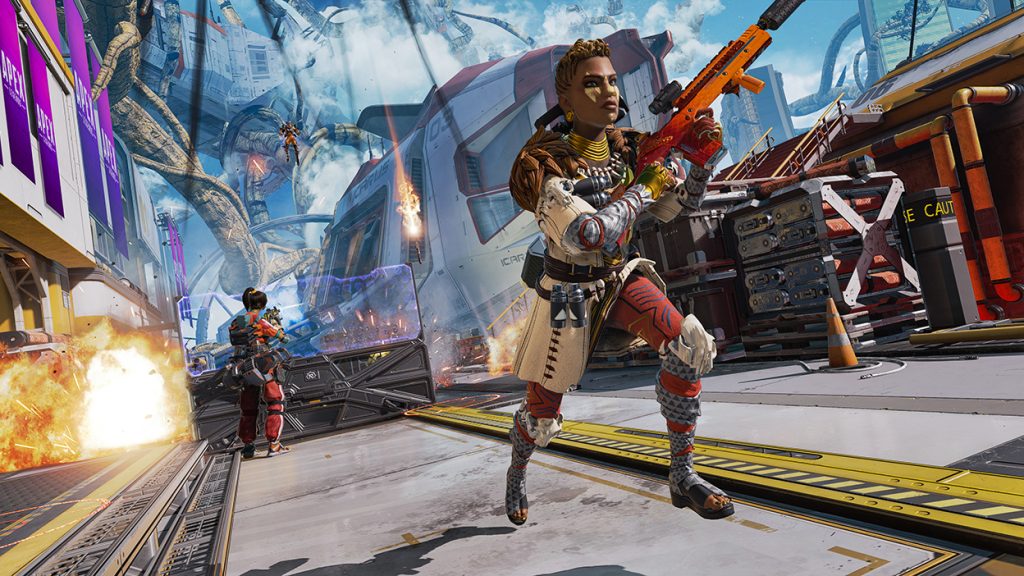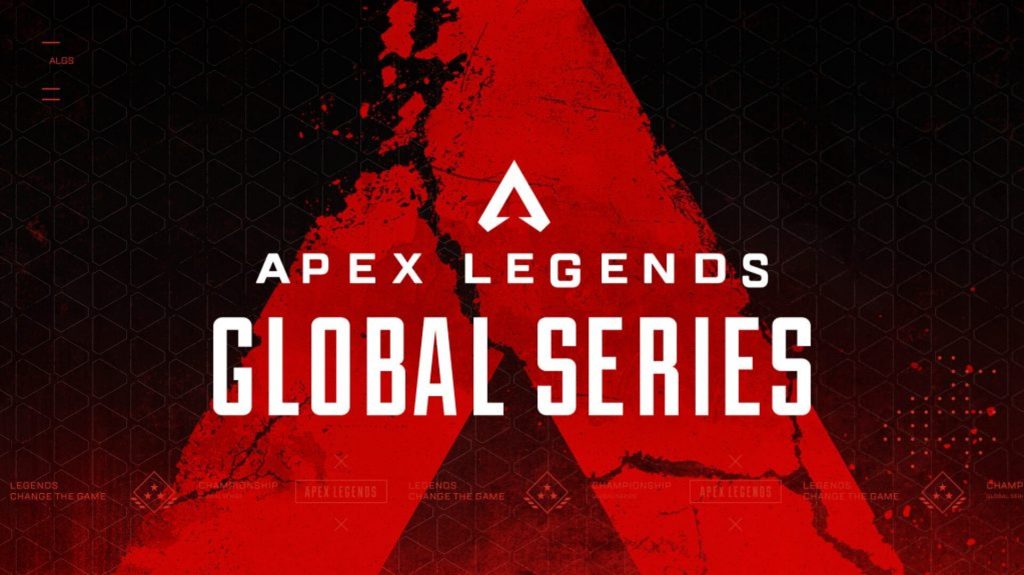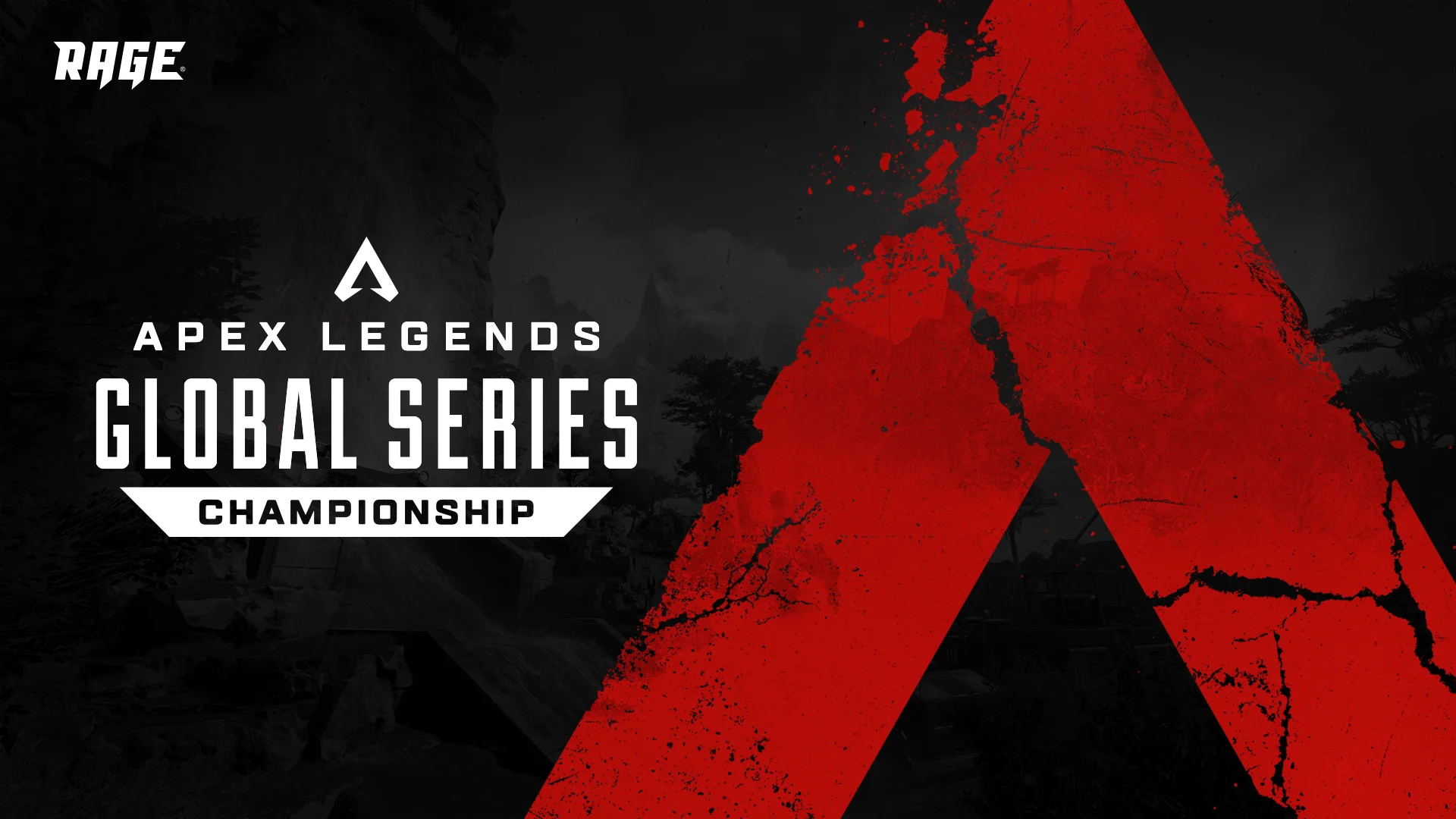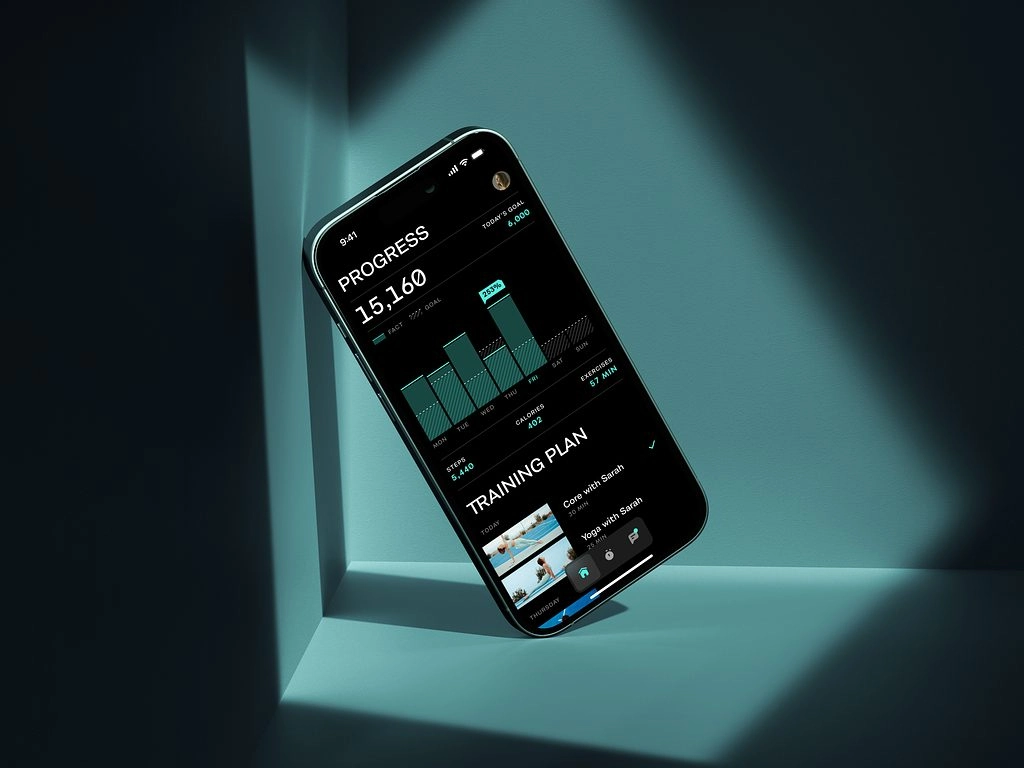The upcoming Apex Legends Global Series (ALGS) London event is set to change things in the franchise’s lifecycle. The new legend Valkyre has been introduced, and as was much expected, Respawn Entertainment has changed the power dynamics in several ways. Upon arrival at the Neon Arena and the expansive Hyde Park Outdoor Stage, teams have dialed in their strategies for her vertical mobility and recon capabilities. The real challenge is in the making: can squads incorporate Valkyre into their rotations, or does her presence shatter existing meta frameworks? With the best teams from across the globe fighting it out on London’s skyscrapers and tree-lined park avenues, ALGS, or how the new legend alters ALGSathiometricsaval dynamics, is critical to understanding who will lift the trophy.
Verticality Reimagined: How Valkyer’s Mobility Disrupts Positioning

The moment Valkyre’s missile drag-drop was showcased on the firing range, it was apparent that vertical combat became undone. Players are able to control the high ground to an unprecedented level with jetpacks that have limited fuel reserves because players are able to thrust themselves into the sky and reorient in mid-air. This shifts long-standing principles of map control. Instead of Lifeline Drones and Octane Speed Pads defining rotations, Valkrey now controls the flow of combat; determining where and when teams engage. In Kings Canyon, squads that fought over control of Artillery have found themselves getting head-quartered by air skirmishes. The ability to bypass chokepoints by ascending vertically from the drift ship platform to the Broken Moon crater rim renders conventional rotation paths obsolete on World’s Edge. Teams that have best adapted don’t just survive the circle collapse. Those using Valkrey’s mobility flank unsuspecting holdouts and force the combat into dynamically timed engagements that reward precision timing as much as refined marksmanship.
The battling ALGS contenders have experienced significant difficulty perfecting Valkyre’s aerial mechanics as a competitive Valkyrie. Fuel management, the art of balancing power used for offensive dives versus emergency retreats, has become a craft. Now, some teams assign Valkyre players to specialized roles referred to as “skydive roles,” where they perform dual functions of scouting and quick-response duties. The consequences are felt even further up the team hierarchy: support legends like Wattson and Rampart can no longer rely on traditional fences or Ampsed Covers that use ground-based defenses without considering Valkyre’s ability to bypass them. The ability to attack from above has increased reliance on area-denial ultimates like Gibraltar’s Defensive Bombardment and Fuse’s Knuckle Cluster, which is contradictory to shelter-first tactics and fuels the weirdly out of place run-and gun playstyle commonplace in Apex.
Recon Revolution: Tactical Visibility Alters Contingent Layouts
Valkyre’s recon kit when combined with aerial maneuvers becomes an astonishing blend that grabs headlines while simultaneously transforming information warfare as we know it. She injects real-time intelligence into her team communications using a reconnaissance drone, capable of scanning broad areas for enemy presence. Valkyre’s drone, in contrast to Bloodhound’s targeted scan, shows wider movement ranges, enabling teams to foresee rotations huge amounts of time—or competitively, seconds—before they happen. With the help of Valkyre’s drone, the preemptive knowledge gained has prompted more assertive squad manipulation drop positions. Instead of squads needing to jump around densely populated zones awaiting opportunistic third-party action, they can now get involved actively, knowing that her drone has flanked, ruse uncovered, and cleared enemy sight lines.
The apex of the strategic effect reverberates in the rule sets and the tournament itself. During the ALGS London tournament for example, officials drone usage very carefully and bonderd mid-zone engagements so teams would not be able to laze around the edges on drones forever. Now Valkyre players must make a choice between dropping the drone to preserve fuel for clean kills or keep it airborne to see far away enemies. Players who can do both at once like the dominating European team NaVi or the North American speed demons that are TSM become pace setters and winners of the more heated warfares. Valkyre’s mid battle altitude superiority guarantees skirmish victory whereby the decision on who dominates the emerging circles is made well before their descent- from above and needs to be done fast in order to deliver decisive strikes.
Important Changes: Budget Cutting Perceptions of Legends
Valkyre’s introduction has altered the standing value of other legends. Wraith, who used to be the undisputed champion of repositioning, now only competes with Valkyre’s mobility switchblade stylism. Even though Wraith’s portal is the optimum escape option for squad escapes, Valkyre often outshines in solo repositioning when compared to the slower animation of phase travel. With Wraith, some teams seem to have adopted a less rigid approach by incorporating Valkyre alongside Lifeline and Pathfinder, turning them into a “sky-shield-scout” triad that prioritizes speedy looting and repositioning instead of aims team fights.
The need for explosive burst damage or disruption has also skyrocketed. While Valks can covertly break through low tier defenses in mid-air, Rampart and Loba become riskier picks unless their kit can counter her threat before she touches the ground. Some squads seem to be all in on denying areas with Caustic, placing gas traps on likely landing zones to either dissuade aerial dives or force Valkyre into predictable pathways. This has created a fascinating meta in which control of the environment meets vertical movement: gassed-off windows in buildings, caged cover nicknamed the controlled hot drop, and sentinel towers rigged with electrified fencing designed to slow airborne assaults.
Forecasting The Finals: Who Will Best Leverage Valkyre?

As the ALGS London reaches its playoff capping brackets, the overarching theme for commentators remains: Which team will most effectively leverage Valkyre’s capabilities? So far, it seems that squads using restrained communication protocols, ensuring Valkyre’s data is scrubbed and transmitted, seem to be further developed than those free handling callouts mid-flight. G2 Esports and FURIA, for instance, have veteran shot-callers that understand the synergy of an aerial vantage point with ground-level execution and seems ready to capitalize on Valkyre’s territory intelligence.
Finals will be more granular and cut-throat in their execution. With the ring narrowing down to Anti-Aircraft Battery on World’s Edge or the engine room of the airship on Storm Point, Valkyre’s vertical claim and intel drop path securing ability will dictate flight control supremacy. Chosen last-minute contestant might shock audiences and everyone else. A team with the most off-meta approaches, strapping Valkyre with defend strongholds like Caustic or Gibraltar will sustain claim dominations and transform bolt holes into redefining fortresses. In the realm where Apex Legends reign supreme, being right way ahead means countering balance patches and predicting the next meta defining legend.



